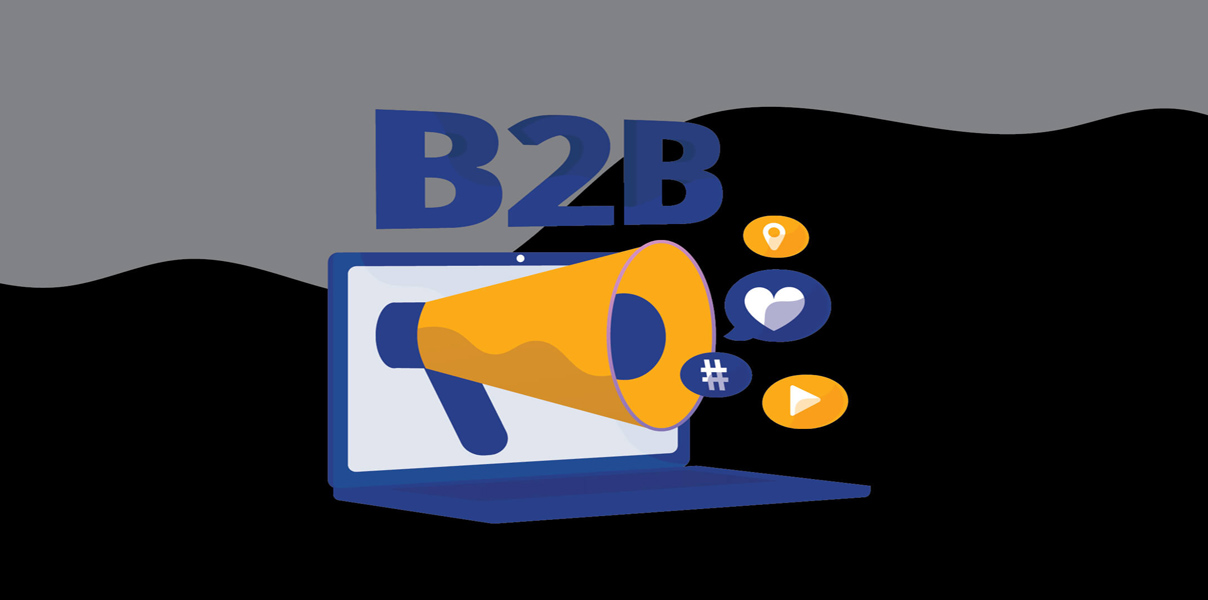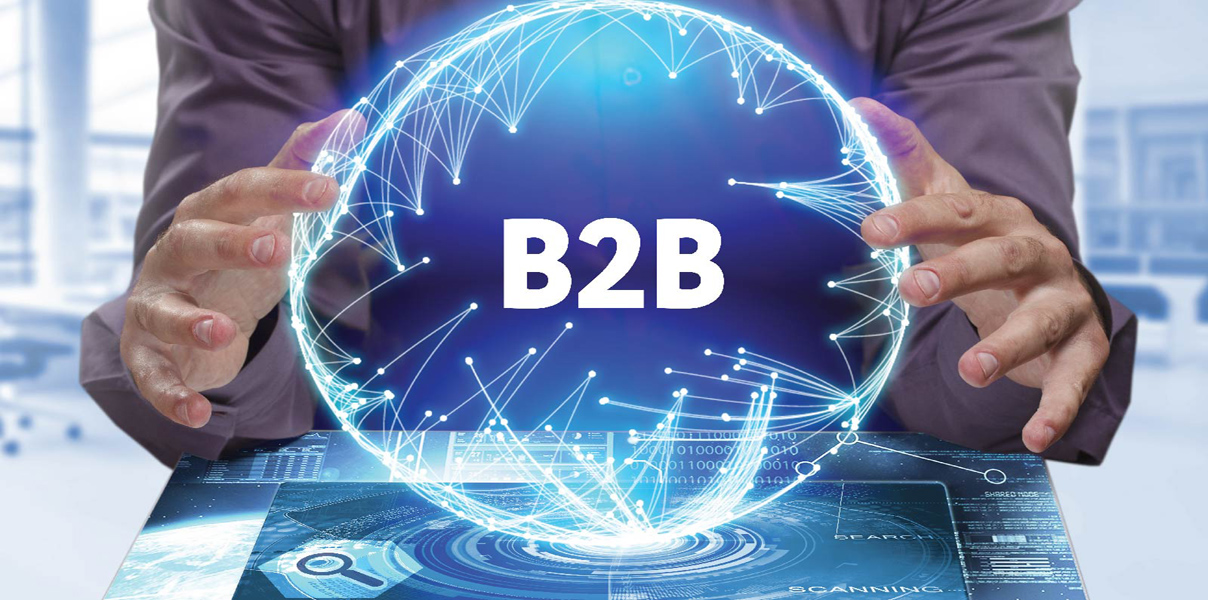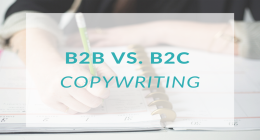New research from the LinkedIn B2B Institute and Warc shows that B2B brands that deliver on their customer promises are more likely to see positive results in their brand metrics.
According to the LinkedIn B2B Institute and Warc, B2B brands that make clear promises to their customers are almost three times more likely to increase their market share than those that don’t.
A new study that looked at 703 winners and winning B2B campaigns found that 18% of them made clear promises to their customers, while 82% didn’t.
Speaking at Advertising Week Europe 2024 today (15 May), Paul Stringer, senior research and insights editor at Warc, said the data shows that there are “far fewer” promises in B2B marketing compared to B2C marketing, and perhaps even worse, there has been a lack of “big, bold, brand-focused ideas”.
He argued that most communications come down to a “product first” mentality that many B2B brands adopt. Stringer also lamented the emphasis on “short-term strategies” rather than long-term brand strategies.
The results found that B2B brands that made customer promises were 2.5 times more likely to promote brand health (48% with promises, 19% without), 2.9 times more likely to increase market share (20% vs. 7%), and 1.2 times more likely to increase market penetration (44% vs. 36%).
The study is a continuation of a survey launched last year that explored the benefits of customer promises in B2C and B2B campaigns. A more detailed document is expected to be published in September.
Last year’s survey showed that B2C brands that delivered on their promises were 1.5 times more likely to promote brand health, 1.6 times more likely to increase market share, and 1.2 times more likely to increase market penetration.
“In B2B, I believe brand is optional if you have a little more money to spare,” says Mimi Turner, EMEA head of LinkedIn’s B2B Institute.
“But I’m convinced brand is 100 times more important in B2B than it is in B2C.” All other things being equal, there is often a tiebreaker and we see buying groups choosing the bigger brand. ”
LinkedIn and Warc wanted to focus only on B2B brand campaigns in last year’s study, but they simply didn’t have enough data sets to draw accurate conclusions. At the start of 2023, there were just 435 B2B award-winning campaigns, but that number has “more than doubled” since then, in part due to the launch of Creative B2B Lions in 2022.
The original study found that a customer promise boils down to one of three things: better value and quality, a product that’s easier to use, or that feels different.
Or, as Turner told Marketing Week in June, whether it’s “valuable, actionable, and memorable.”
The most reassuring thing about a customer promise is that it’s “free,” Turner said, because it’s just strategic thinking and can create a “competitive advantage” for brands with smaller budgets. “We’ve talked in the past about how effective customer promises are in explaining a rebrand to a board of directors,” Stringer added. “It’s also a good test of how market-driven a company is. They make promises because they’ve taken the time to find out what their customers want.”









